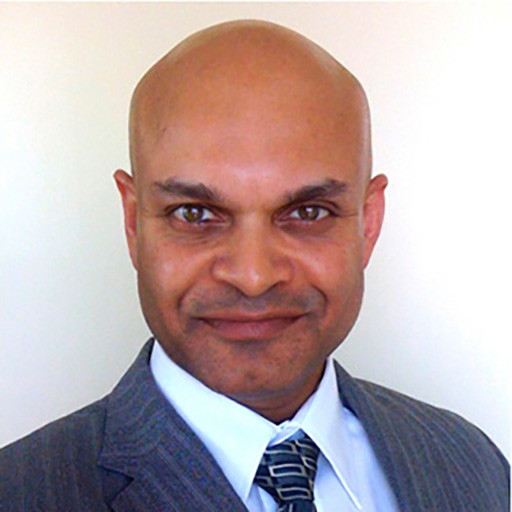
RajendraKumar-Singh
PhD
Location
Boston, MA, USA
Current Organization
Tufts University
Biography
I am currently a professor with tenure in the Department of Developmental, Molecular, and Chemical Biology at Tufts University School of Medicine in Boston, MA. I am also a professor of ophthalmology and neuroscience and director of the Program in Genetics at Tufts University.
I obtained my PhD from Trinity College Dublin (University of Dublin) in Ireland in the field of linkage analysis for retinal degeneration. Thereafter, I received postdoctoral training at the University of Michigan in Ann Arbor in the field of gene therapy, under the mentorship of Dr. Jeffrey Chamberlain, a leading expert in the field of gene therapy for Duchenne muscular dystrophy. While there, I developed a class of adenovirus vectors known as “gutted” or helper-dependent Ad. I next received a junior faculty position (assistant research ophthalmologist) at UCLA School of Medicine under the mentorship of Dr. Debora Farber. While there, I published one of the first papers demonstrating the rescue of retinal degeneration by gene therapy. Thereafter, I was an assistant professor of ophthalmology (and human genetics) at the University of Utah in Salt Lake City, prior to joining Tufts University as an associate professor.
My research is primarily funded by the National Institutes of Health (NIH), the Department of Defense (US Army), and private foundations, such as the BrightFocus Foundation. In addition to developing therapies for AMD, my laboratory develops therapies for retinitis pigmentosa, diabetic retinopathy, and more recently, uveitis; and I have a significant interest in developing technologies that can translate basic laboratory research into the clinic. Specifically, my laboratory is developing methods that can enable the delivery of proteins and DNA into retinal cells in vivo. One particular project that I am very proud of is the development of an approach to reduce damage to the eyes of Members of the Armed Forces who encounter blast trauma injuries in the combat theater, a project supported by the US Army.


